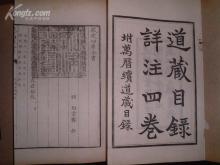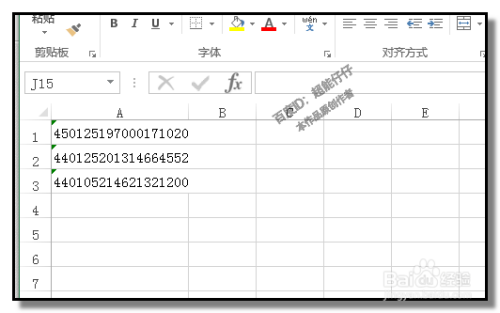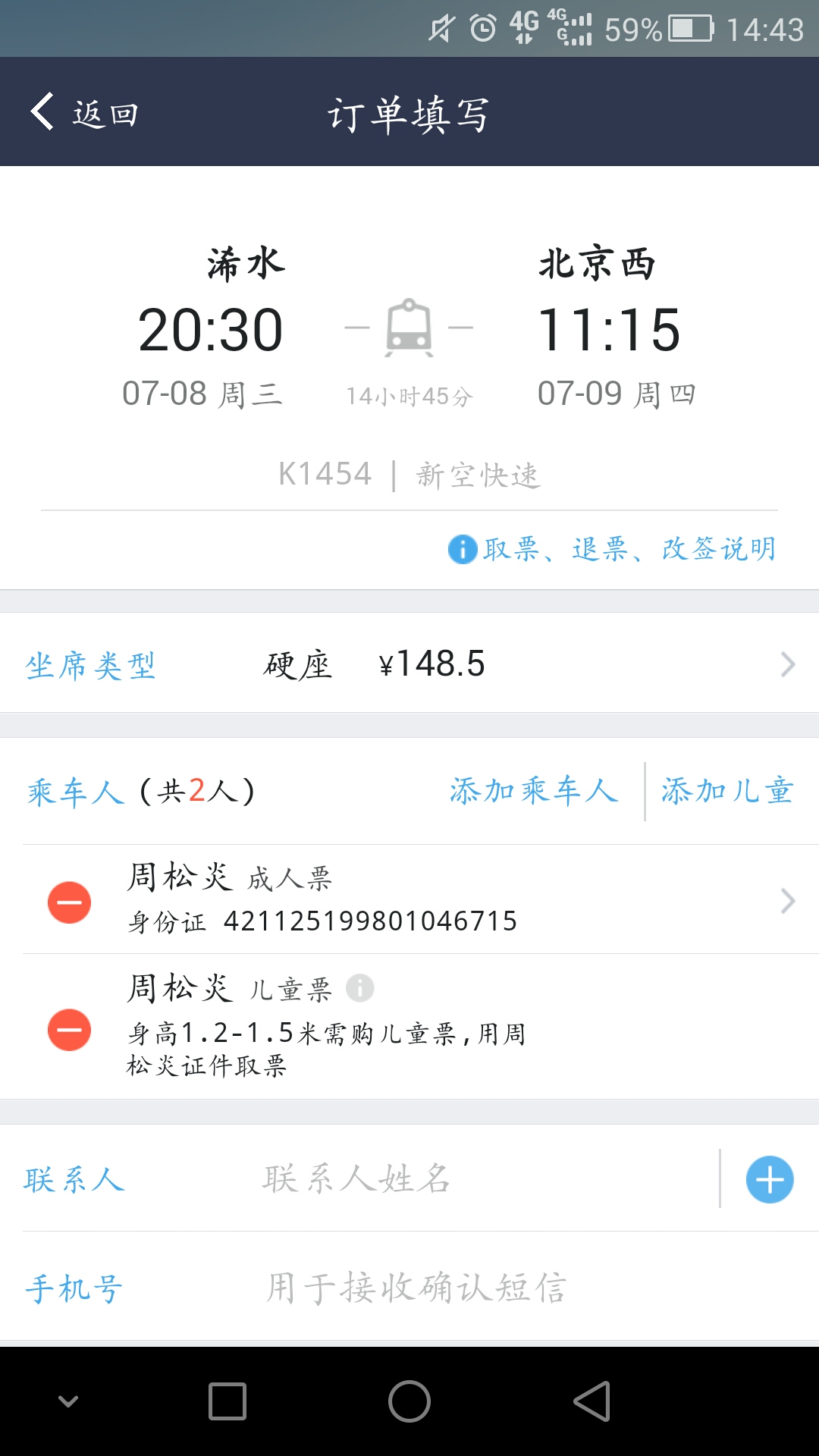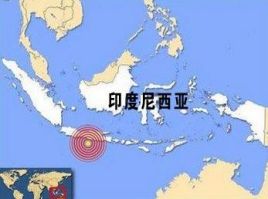一、建国振华什么梗
川建国是美国总统特朗普在中国网络社区中的别称。
当特朗普作为美国总统进行的决策被(国内网友)认为十分愚蠢和无厘头,对美国本国毫无好处,反而有益于中国时,中国网友便以该句反讽他其实是我国派去美国潜伏的间谍。表面上处处和中国作对,其实是为了麻痹美国人的心智,里应外合,促进我国的发展壮大,是我们劳苦功高的”建国同志“。
拜振华是拜登别称。
因为川普有一个外号叫川建国,所以作为竞争cp,当然要有一对对应的外号,所以拜登就有了“拜振华”的名字。
扩展资料:
奥观海
奥巴马被叫做奥观海这一称呼,源自于在任美国总统时期的奥巴马,曾来到中国时获得了八一书画院院长袁伟将军题赠的一幅字“观海听涛”,同时还获得了“金玉虎符”的令牌。
“观海听涛”本意其实是袁伟希望通过这幅书法作品,让美国前任总统奥巴马领略到中国书法的奥妙之处,体会中华民族宽广的胸怀,但在网上,有的网友将其曲解为了“奥巴马,要听涛哥的话”,也因此,奥巴马被国内网友戏称为了“奥观海”。
二、苏州新区实验中学和立达中学哪个更好啊,顺便介绍一下两所学校,还有苏州在哪学习英语比较好呢?
新区实验:
很严的 老师非常的负责 我有同学就在那里读 不过教育模式有点死 完全是应试教育 个人认为 在那里读的学生以后到高中没什么优势
立达:
很宽松 我现在初三作息还是比较有规律的 生源很好 教育模式是同国际接轨 自主学习 初一初二每周还有综合实践活动时间(类似于社团,不是摆设!) 最主要的是立达和苏高中有关系 并且到了苏高中立达的人明显有优势的 不是死读书 不过不自觉的最好不要去读 完全是读牌子的 还有 这里有很多高管子女 有钱人一大把 所以千万不能世俗 .....
至于说立达没有以前好的 只是看分数而已 立达招人很多 所以平均分高不到哪去
三、不好,“川建国同志”在美暴露了!这个“爱称”由何而来?
在中文互联网上,一些网友戏称特朗普为“川建国”,这一“爱称”的由来有三个原因。
首先,最近一二十年,中国网友喜欢给美国总统起“中国爱称”,奥巴马未能幸免,特朗普自然也会“中招”。
在中文互联网上,奥巴马曾被叫做“奥观海”,如今的民主党籍总统候选人拜登又被起名为“拜振华”,2016年当选的特朗普,又怎么可能幸免呢?所以,特朗普必然会被中国网友起个“中文爱称”。
其次,“川建国”的“川”字来源于特朗普英文姓氏的第一个音节。
特朗普的英文姓氏是Trump,如果对这一姓氏进行音译,其实是可以译作“川普”的,在特朗普当选之前,中国这边也一直将Trump译作“川普”,加上中国的姓氏多是单字,所以曾有一种规矩,中国人会将外国政要的姓氏只取其音译的第一个字,之后加上“氏”字来称呼,比如曾任俄罗斯总理的梅德韦杰夫,中国这边的媒体中就曾按照百十年来的规矩,称其政府为“梅氏政府”,对于Trump,其实也是可以称其为“川氏”的。
再次,“川建国”的“建国”两字根据特朗普年龄而起,又暗合了“Make America Great Again”。
特朗普出生于上世纪四十年代末,待到特朗普到了上学前班需起学名的年纪,新中国已经成立了,所以,如果为特朗普起个中国名,“建国”是最能代表那个时代特色的,加上特朗普当年的竞选口号是“Make America Great Again”,该口号除了翻译成“让美国再次伟大”,还可以翻译成“建设一个再次伟大的美利坚合众国”,可以缩写成“建国”。
总而言之,特朗普之所以被称为“川建国”,纯粹是中文互联网上的一种习惯,这种习惯就跟特朗普喜欢给他人起外号一样,其实是个不好的习惯。
四、格局小了是什么意思梗?
1、格局小了,网络流行语,格局就是指人关注的空间,看待事情的态度和胸襟或者是指眼界。
2、格局小了就是说人的眼界太小,看待事情不够全面。
出自春晚中,贾冰在小品中说的,在网络上流行然后成为了一个人人都玩的梗。
其他梗
1、路走窄了
某件事做错了,前景晦暗,独木桥等意思。形容一个人,在交际和待人接物方面很差劲,让人不舒服。说人路走窄了,便是说别人太计较、咄咄逼人,是一种委婉的提醒。
2、川建国
指的是特朗普。因为特朗普的名字曾一度被民间音译为“川普”(Trump),再加上与特朗普同龄的中国男性中,有不少会取名为“建国”;而且他的决策经常被国内网友认为十分愚蠢和无厘头,
对美国本国毫无好处,反而有益于中国,表面上处处和中国作对,实际上却促进了我国的发展壮大,是我们劳苦功高的”建国同志“,因此他被称为“川建国”。
3、拜振华
指的是拜登。因为特朗普有一个外号叫川建国,所以作为总统的竞争对手,拜登当然也要有一个与之对应的外号,所以拜登就有了“拜振华”的名字,“振华”有振兴中华的寓意。
五、生儿子,爸爸享福吗?
二胎政策放开后,许多人之所以生二胎,一个重要原因是因为头胎是女儿,所以第二胎想要生一个儿子,因为许多家庭仍然存在着传统的重男轻女思想。当然还有另外一些原因,就是怀上了不得不生,其中也有一些头胎是儿子的父母,第二胎想要一个女儿,结果还是生了儿子。所以有些人也感慨:这世界真不公平,我们这天天想生儿子却生不出来,有人胎胎是儿子的,却拼了命想生女儿!
但是两胎都是生儿子,也不好说是幸运还是不幸,在一个知名社区上,曾经有不少两个儿子的爸爸吐露了心声,我们一起来看看吧。
爸爸A: “现在压力太大了,本来我跟老婆两人都有工作,但生了二儿子后,老人根本带不过来,所以老婆只能辞职,现在靠我一个人养家,说是两个儿子以后会享福,但真怕福还没享到就累死了。”
爸爸C: “两个儿子有啥用?以后还不是要跟媳妇儿一起住养老院吗?现在这些孩子,一旦娶了媳妇,生了娃,谁还能伺候老人呢?我们不给他们以后带娃就不错了!” 日常周围中,像这种有两个儿子的爸爸“怨声载道”的情况比比皆是,毕竟大多数人都是普通老百姓,没多少人家境殷实,能够请人帮忙带娃,事事都得亲力亲为。 为啥父母会有这么大压力呢?我们不难理解其中的原因:
1、养两个儿子经济压力很大。
都说穷养儿富养女,但现在的男孩花的钱却不比女孩少,小时候要给他们买玩具,大一点要读各种兴趣班,上学了也要托管费用,等以后上了大学还要更多生活费等等,最让人头大的是结婚时,说不定还要给孩子买房,还得买双套,所以经济压力不是一般的大。
穷人有穷人的苦,富人家也有他们的难处,许多有条件的家庭,当有了两个孩子之后,如何分家产也成为一个老大难的问题。有的家庭原本关系都很和睦,但等孩子长大了,各自成了小家,一涉及到分家产,那个时候各种心思猜测,可能会让兄弟跟父母之间的关系都蒙上一层阴云,让父母也非常头痛了。
3、教育方面很头痛。
教育一个孩子跟两个孩子完全是不同的,更别说是两个儿子了。怎样把他们教育懂事,又不能够偏心,不然会让孩子之间互相猜忌,让他们心理失衡,这些都很考验父母的智慧。
总之,家里有两个儿子的,要养育起来很不容易,还没生宝宝要考虑清楚,看看自己的经济能力跟教育水平能否胜任。如果已经生了,那就尽最大的努力把孩子养育好,把他们培养成才,让两兄弟一条心,将来父母才会省心,以后能安享晚年。
各位父母,你家是不是也是两个儿子呢?
欢迎留言、评论和转发!我是长脖子妈咪,家有两宝,热爱教育,请随时交流,多多关注! 注:图片来自网络,侵权请联系删除。
六、请各位英语高手帮我找点有关“徐悲鸿”的生平简介及人生成绩的英语文献,最好带些个人感受
Xu Beihong was primarily known for his shuimohua (Chinese ink paintings) of horses and birds and one of the first Chinese artists to articulate the need for artistic expressions that reflected a new modern China at the beginning of the 20th century. He was also regarded as one of the first to create monumental oil paintings with epic Chinese themes - a show of his high proficiency in an essential Western art technique.
Biography
Xu began studying classic Chinese works and calligraphy with his father Xu Dazhang when he was six, and Chinese painting when he was nine. In 1915, he moved to Shanghai, where he made a living off commercial and private work. He traveled to Tokyo in 1917 to study arts. When he returned to China, he began to teach at Peking University's Arts school at the invitation of Cai Yuanpei. Beginning in 1919, Xu studied overseas in Paris at the École Nationale Supérieure des Beaux-Arts, where he studied oil painting and drawing. His travels around Western Europe allowed him to observe and imitate Western art techniques. He came back to China in 1927 and, from 1927 to 1929, gained a number of posts at institutions in China, including teaching at National Central University (now Nanjing University) in the former capital city Nanjing.
In 1933, Xu organized an exhibition of modern Chinese painting that traveled to France, Germany, Belgium, Italy, and the Soviet Union. During World War II, Xu traveled to Southeast Asia, holding exhibitions in Singapore and India. All the proceeds from these exhibitions went to Chinese people who were suffering as a result of the war.
Galloping HorseAfter the founding of the People's Republic of China in 1949, Xu became president of the Central Academy of Fine Arts and chairman of the Chinese Artists' Association.
Xu Beihong was a master of both oils and Chinese ink. Most of his works, however, were in the Chinese traditional style. In his efforts to create a new form of national art, he combined Chinese brush and ink techniques with Western perspective and methods of composition. He integrated firm and bold brush strokes with the precise delineation of form. As an art teacher, he advocated the subordination of technique to artistic conception and emphasizes the importance of the artist's experiences in life. Of all of the Painters of the modern era, it can be safely said that Xu is the one painter most responsible for the direction taken in the modern Chinese Art world. The policies enacted by Xu at the beginning of the Communist Era continue to control not only official Government Policy towards the arts, but they continue to direct the overall direction taken in the various Art Colleges and Universities throughout China.
Xu enjoyed massive support from art collectors across Asia. Between 1939 and 1941, he held solo exhibitions in in Singapore, India and Malaya (Penang, Kuala Lumpur and Ipoh) to help raise funds for the war relief effort in China. In one war benefit exhibition in March 1939, Xu held a group exhibition with Chinese ink painting masters Ren Bonian (simplified Chinese: 任伯年; pinyin: Rèn Bónián) and Qi Baishi (simplified Chinese: 齐白石; pinyin: Qí Báishí), and showcased 171 works of art at the Victoria Memorial Hall.[2]
He also met luminaries such as Rabindranath Tagore and Mahatma Gandhi during his stay in India, and got his sources of inspiration which led to the creation of iconic works such as the 4.21m-wide The Foolish Old Man Who Removed the Mountains painting on show at SAM. Artworks like After a Poem of the Six Dynasties, Portrait of Ms Jenny and Put Down Your Whip were also created during his sojourns in Southeast Asia. SAM Director Kwok Kian Chow mentioned that Xu's name tops the list in Asian modern realism art, and his connections with various parts of Asia and Europe opened a new chapter of historical narratives, exchanges and influences of aesthetics and ideas in art.[1]
Xu constantly pushed the boundaries of visual art with new techniques and international aesthetics, in bid to reinvent Chinese art. In fact, Xu's influence extends beyond China in the early 20th-century. Many pioneer Singapore artists such as Chen Wen Hsi, Lee Man Fong and Chen Chong Swee looked up to him as a mentor and a worthy peer, sharing Xu's advocate to closely observe nature and inject realism into Chinese painting.[3]
The Malay Dancers, one of the two vases which was believed to have been made in the 1940s, and given to the two Huang brothers who were friends of Xu BeihongXu died of a stroke in 1953. After his death, a Xu Beihong Museum was established at his home in Beijing.






